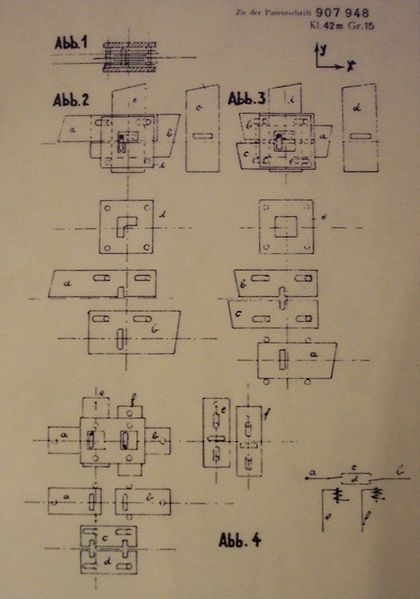Guys, we all be having the question, what could be the vehicle that could take us to the various planets, galaxies and universe.
You might wonder what a stupid question is that?! but hold it on, the most probable answer you may give can be the Rockets till when human haven’t found any suspicious vehicles like the flying saucers, many more. I told you to hold for a while because here is a thing we all need to re-memorize that Several practical liquid oxidizers (liquid oxygen, nitrogen tetroxide, and hydrogen peroxide) , but with the usage of fuels, just for the travel to mars takes approximately 150 days provided your launch has the maximum speed, imagine what if you wanna go for some other galaxy how long can it take!!!
When it comes to the species from other galaxies, from the point when we were listening ,or some may even have experience in seeing we came to a conclusion that life existed in other galaxies and they are using flying saucer kind of stuff to travel from their home planet to earth. If that is true, How can that be possible, how they can come and go(disappear) soon?
To give a justification to a fact regarding the advanced technology of the other species in the various other planets or galaxies two Astrophysicists from Harvard University namely Avi Loeb and his co-author Manasvi Lingam proposed a thesis which gives the information regarding the fuel used in the probes of the species from the other galaxies.
According to them mysterious phenomena called fast radio bursts could be evidence of advanced alien technology.Specifically, these bursts might be leakage from planet-sized transmitters powering interstellar probes in distant galaxies.

“Fast radio bursts are exceedingly bright given their short duration and origin at great distances, and we haven’t identified a possible natural source with any confidence,” said theorist Avi Loeb of the Harvard-Smithsonian Center for Astrophysics. “An artificial origin is worth contemplating and checking.”
As the name implies, fast radio bursts are millisecond-long flashes of radio emission. First discovered in 2007, fewer than two dozen have been detected by gigantic radio telescopes like the Parkes Observatory in Australia or the Arecibo Observatory in Puerto Rico. They are inferred to originate from distant galaxies, billions of light-years away.
Loeb and his co-author Manasvi Lingam (Harvard University) examined the feasibility of creating a radio transmitter strong enough for it to be detectable across such immense distances. They found that, if the transmitter were solar powered, the sunlight falling on an area of a planet twice the size of the Earth would be enough to generate the needed energy. Such a vast construction project is well beyond our technology, but within the realm of possibility according to the laws of physics.
The paper reporting this work has been accepted for publication in the Astrophysical Journal Letters and is available online.

